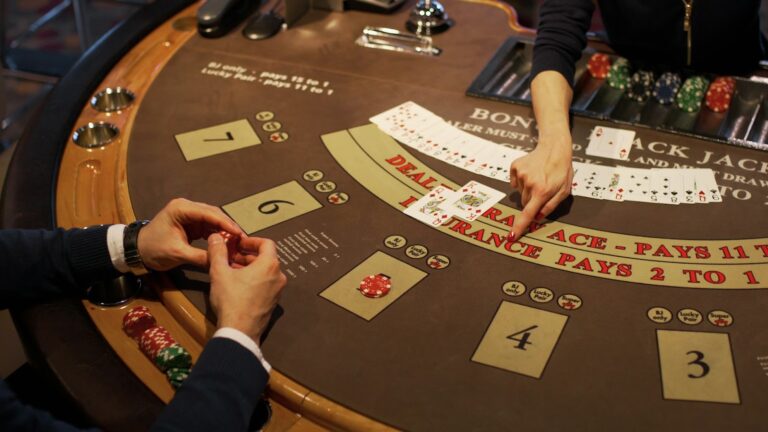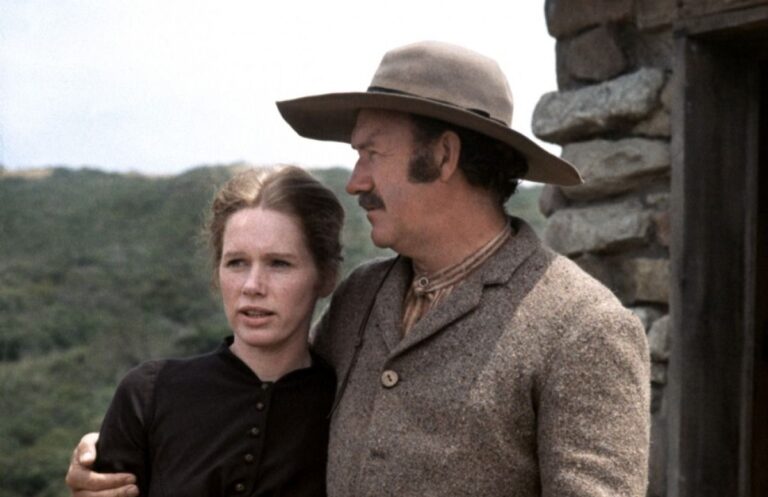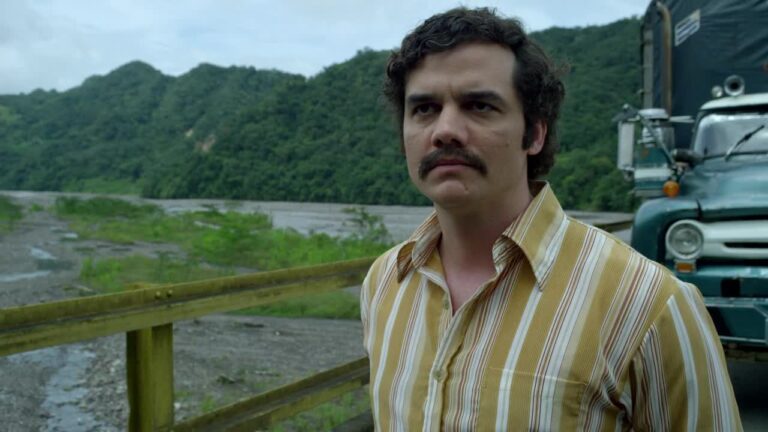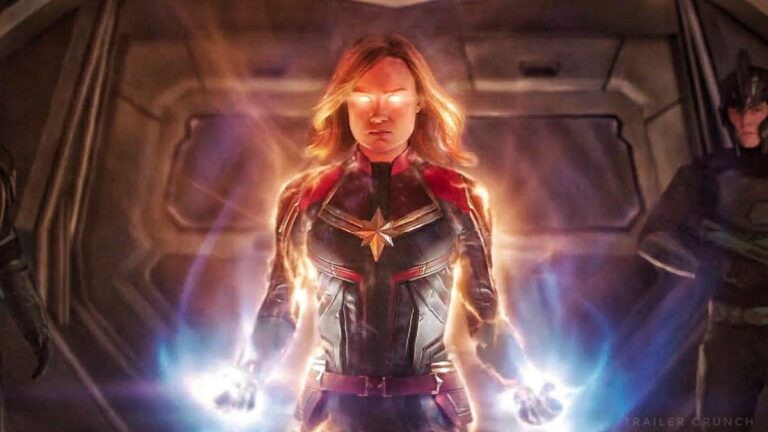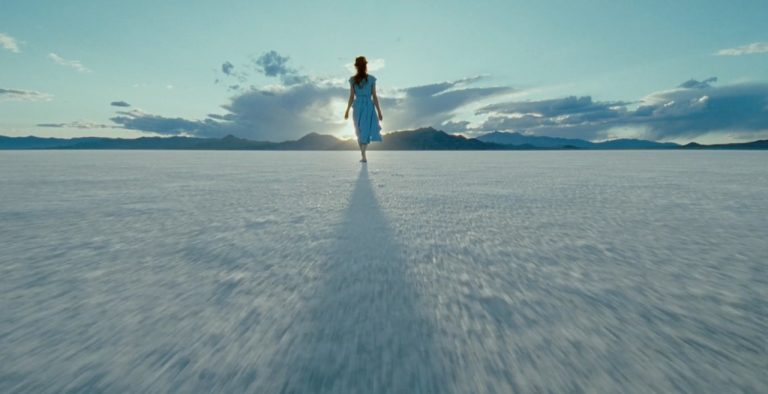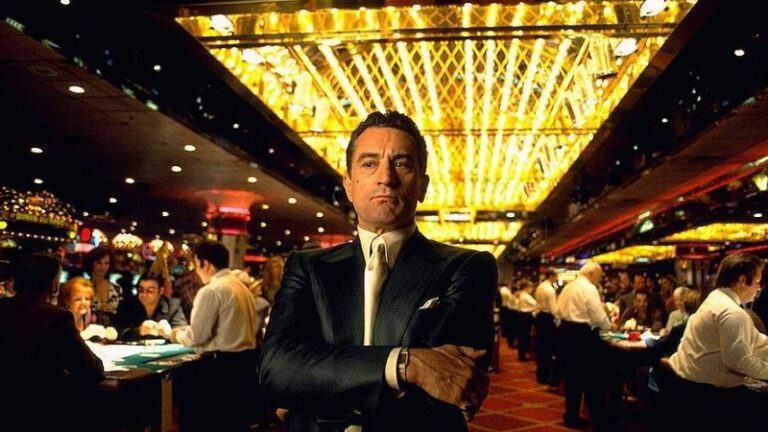Movies That Start With D: Alphabetical Adventures in Cinema
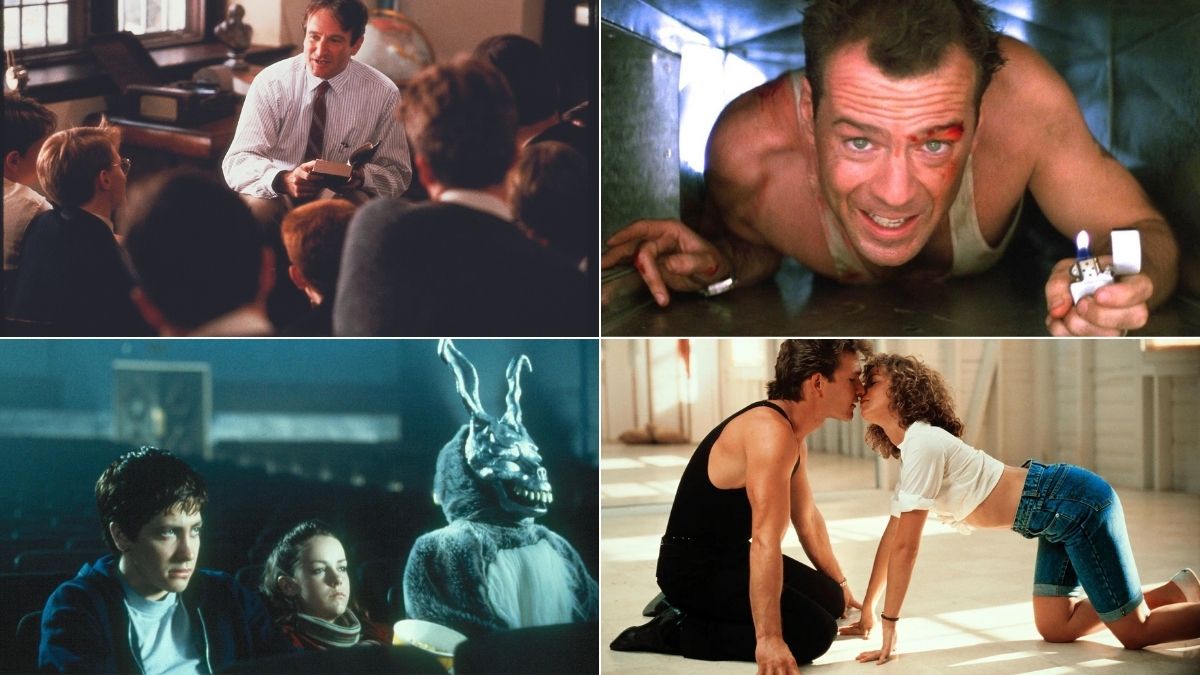
Dive into the dynamic domain of cinema as we delve into movies that start with the letter ‘D’. From dramas to documentaries, daring action flicks to delightful romances, the world of film offers a diverse range of titles beginning with this fourth letter of the alphabet. Join us on this alphabetical adventure as we spotlight 20 movies that, quite literally, put the ‘D’ in drama, delight, and dynamism.
Dead Poets Society
Set against the austere backdrop of Welton Academy, a fictional all-boys preparatory school in the 1950s, “Dead Poets Society” is a stirring exploration of the clash between conformity and individualism.
Directed by Peter Weir and featuring a standout performance by Robin Williams as the unconventional English teacher John Keating, the film challenges its audience to “seize the day” and embrace life with passion and purpose.
Keating introduces his students to the Dead Poets Society, a secret club that encourages them to break free from societal expectations, appreciate poetry, and live their lives fully.
But with freedom comes responsibility and consequences. As the young men of Welton begin to grapple with their newfound perspectives, they confront personal challenges, societal pressures, and tragic outcomes.
A poignant commentary on the constraints of traditional education and the transformative power of art, “Dead Poets Society” remains a deeply moving film that resonates with viewers of all ages. Its message of cherishing individual expression and resisting the push to fit into predefined molds is timeless and universally relevant.
Django Unchained
Quentin Tarantino’s “Django Unchained” is a riveting blend of spaghetti western and brutal reflection on America’s history of slavery. Set in the Deep South two years before the Civil War, the story follows Django (Jamie Foxx), a freed slave who, under the guidance of German bounty hunter Dr. King Schultz (Christoph Waltz), sets out on a quest to rescue his wife, Broomhilda (Kerry Washington), from a malevolent plantation owner.
Unapologetically violent and darkly humorous, “Django Unchained” doesn’t shy away from depicting the harsh realities of pre-Civil War America. Yet, amidst the bloodshed and cruelty, Tarantino crafts a tale of love, resilience, and vengeance.
With its memorable characters, sharp dialogue, and signature Tarantino twists, the film not only delivers a raw portrayal of one of the darkest chapters in American history but also a thrilling cinematic experience that pushes boundaries and challenges perceptions.
Die Hard
Considered one of the quintessential action films of all time, “Die Hard” redefined the genre with its perfect balance of adrenaline-pumping sequences and intricate character development.
Directed by John McTiernan, the film introduces us to NYPD officer John McClane, masterfully portrayed by Bruce Willis. When terrorists, led by the sophisticated Hans Gruber (Alan Rickman), take hostages at a Los Angeles skyscraper on Christmas Eve, McClane is the lone force capable of thwarting their plans.
Beyond the explosions and gunfights, “Die Hard” stands out because of its multi-dimensional characters. McClane is not just a trigger-happy cop; he’s a man struggling with his marriage and out of his depth, making his heroism all the more relatable and commendable.
Gruber, too, isn’t just a cardboard cutout villain; Rickman’s portrayal adds layers of charisma and intelligence, making him a formidable antagonist. The film’s success lies not just in its action, but in its ability to humanize its characters amidst chaos, thereby ensuring its iconic status in cinematic history.
Dirty Dancing
“Dirty Dancing” is more than just a dance film; it’s a coming-of-age tale set against the backdrop of the Catskills in the summer of 1963. Jennifer Grey shines as Frances “Baby” Houseman, a sheltered young woman whose life takes a turn when she stumbles upon the resort’s dance instructor, Johnny Castle, played by the charismatic Patrick Swayze.
As Baby becomes entranced by the world of dance and the allure of Johnny, the film delves into themes of class, family dynamics, and youthful rebellion.
But at its heart, “Dirty Dancing” is about transformation. Through dance, Baby discovers her voice, her strength, and her passion. The film’s iconic scenes, from the lift in the water to the final dance sequence, are not just about physical movement but emotional evolution.
And of course, who could forget its signature line, “Nobody puts Baby in a corner,” a testament to the film’s overarching message of self-empowerment and defiance against societal constraints. It remains a beloved classic, celebrated for its memorable soundtrack, dance sequences, and poignant exploration of young love and self-discovery.
Donnie Darko
Richard Kelly’s “Donnie Darko” is a unique blend of teen drama, science fiction, and psychological thriller. Set in the late 1980s, it tells the enigmatic story of Donnie, a troubled teenager played by Jake Gyllenhaal, who begins experiencing visions of a menacing rabbit named Frank.
These visions, coupled with a series of bizarre events—including a jet engine crashing into his bedroom—lead Donnie down a rabbit hole of existential contemplation, time travel theories, and questions about fate versus free will.
The beauty of “Donnie Darko” lies in its ambiguity. Every viewer might interpret its narrative differently, finding their own meaning in Donnie’s journey. The film’s haunting atmosphere, combined with its thought-provoking themes and standout performances (especially by Gyllenhaal), make it a cult classic.
Despite its initial limited release and underwhelming box office performance, “Donnie Darko” found its audience through home video and has since been recognized as a masterpiece of early 21st-century cinema. Its layers of complexity invite repeated viewings, each time offering a fresh perspective on its intricate narrative.
Driving Miss Daisy
“Driving Miss Daisy,” directed by Bruce Beresford, is a heartwarming tale that unfurls against the backdrop of the American South, navigating the intersections of race, friendship, and the passage of time. The film chronicles the relationship between Daisy Werthan, an elderly Jewish widow portrayed by Jessica Tandy, and Hoke Colburn, her African-American chauffeur played by Morgan Freeman.
Initially resistant to the idea of being driven around, Miss Daisy gradually warms up to Hoke. Their bond grows over the years, transforming from one of mere employer-employee to a deep and genuine friendship.
Spanning 25 years, the narrative captures the evolving social dynamics of America, from the Civil Rights Movement to the changing face of the South. The beauty of “Driving Miss Daisy” lies in its subtle storytelling, emphasizing the personal over the political.
The film delves deep into themes of aging, prejudice, and companionship, showcasing that even in a world rife with biases and societal divides, human connection can transcend boundaries. Both Tandy and Freeman deliver stellar performances, making their characters’ evolution from initial skepticism to mutual respect and affection both believable and touching.
Dr. Strangelove or: How I Learned to Stop Worrying and Love the Bomb
Stanley Kubrick’s “Dr. Strangelove or: How I Learned to Stop Worrying and Love the Bomb” is a masterful satirical take on the Cold War era’s nuclear paranoia. With sharp wit and dark humor, the film explores the horrifying absurdity of global annihilation being just a button-push away.
The narrative unfolds after an unhinged Air Force general orders a nuclear attack on the Soviet Union, setting off a series of manic attempts by politicians and military personnel to prevent the ensuing catastrophe. Peter Sellers, in a brilliant tri-role performance, plays Group Captain Lionel Mandrake, President Merkin Muffley, and the titular Dr. Strangelove, a former Nazi scientist.
Kubrick’s film stands as a biting commentary on the political and military establishments, showcasing the sheer lunacy of nuclear proliferation and the ease with which humanity could plunge into irreversible chaos.
The comedic approach to such a grim topic, combined with unforgettable characters and razor-sharp dialogue, makes “Dr. Strangelove” not just a cinematic masterpiece, but also a timeless reflection on the human propensity for self-destruction.
Dances with Wolves
Kevin Costner’s epic Western, “Dances with Wolves,” offers a profound and sympathetic examination of Native American cultures during the United States’ westward expansion. Costner, who not only directed but also starred in the film, plays Lieutenant John Dunbar, a Civil War hero who requests a post in the remote western frontier.
Through a series of events, Dunbar finds himself living among the Sioux tribe, learning their ways, language, and customs, and eventually becoming a trusted member of their community.
The film stands out for its thoughtful portrayal of the Native American experience, a stark contrast to many Hollywood portrayals of the time. It delves into the intricate dynamics of cultural exchange, understanding, and friendship, all set against the breathtaking landscapes of the American West.
“Dances with Wolves” beautifully captures the tragedy of a disappearing way of life, making a poignant statement about tolerance, respect, and the consequences of imperialistic endeavors.
Dumb and Dumber
Farrelly Brothers’ “Dumb and Dumber” is an unapologetic celebration of slapstick comedy, with Jim Carrey and Jeff Daniels playing the lovably dimwitted duo of Lloyd Christmas and Harry Dunne. The plot revolves around their cross-country journey to return a briefcase full of money to its owner, leading to a series of absurd and hilarious misadventures.
While the storyline is simple, it’s the chemistry between Carrey and Daniels, combined with their impeccable comic timing, that elevates the film to iconic status.
Beyond the laughs, “Dumb and Dumber” is a testament to friendship and loyalty, with Lloyd and Harry’s bond proving unbreakable despite their numerous blunders.
Their genuine affection for each other, coupled with their naive optimism, adds a layer of warmth to the film. It’s a reminder that, sometimes, it’s not about the destination but the journey—and the friends we make along the way.
Dark Knight, The
Christopher Nolan’s “The Dark Knight” is more than just a superhero film—it’s a profound exploration of morality, chaos, and the human psyche. As the second installment in Nolan’s Batman trilogy, the movie delves deep into the heart of Gotham, a city teetering on the edge of anarchy.
Christian Bale reprises his role as Bruce Wayne/Batman, but it’s Heath Ledger’s portrayal of the Joker, a nihilistic agent of chaos, that truly steals the show. Ledger’s Joker is not just a criminal mastermind; he’s a philosophical force, challenging Gotham’s very notions of justice and order.
At its core, “The Dark Knight” grapples with the eternal struggle between good and evil, presenting it in shades of gray rather than stark black and white. Batman, despite being the hero, is forced to confront his own methods and morals, especially when juxtaposed against the Joker’s brutal yet honest critique of humanity’s inherent unpredictability.
Nolan masterfully weaves action with introspection, creating a cinematic experience that’s both thrilling and thought-provoking. Through impeccable storytelling, outstanding performances, and its philosophical undertones, “The Dark Knight” transcends the boundaries of its genre, establishing itself as one of the greatest films of the 21st century.
Despicable Me
“Despicable Me” burst onto the scene in 2010, introducing audiences to the endearingly grumpy Gru, his army of mischievous yellow Minions, and the vibrant world crafted by Illumination Entertainment. Gru, voiced by Steve Carell, is a villain with aspirations of grandeur, intent on stealing the moon.
However, his plans take an unexpected turn when he adopts three young orphaned girls, Margo, Edith, and Agnes. Their arrival softens Gru’s hardened heart, and what follows is a delightful exploration of fatherhood, redemption, and the idea that even the most nefarious individuals are capable of change and love.
The film’s charm doesn’t solely rest on its central narrative. The Minions, with their playful antics and unique language, quickly became cultural icons, resonating with both kids and adults.
The humor is genuinely universal, bridging age gaps and making “Despicable Me” an animated film that families could genuinely enjoy together. Beyond its comedic moments, the movie delicately touches upon themes of loneliness, the need for connection, and the transformative power of family, making it a heartwarming tale that resonates deeply with its audience.
District 9
Neill Blomkamp’s directorial debut, “District 9,” is a riveting sci-fi film that seamlessly blends documentary-style storytelling with traditional narrative techniques. Set in an alternate Johannesburg, the film explores a world where extraterrestrial beings, derogatorily referred to as “prawns,” have become refugees on Earth.
Instead of a warm welcome, they are segregated into a government-controlled slum, District 9. The plot unfolds when Wikus van de Merwe, a government agent, is exposed to a mysterious alien substance, triggering a harrowing transformation that challenges his perceptions of humanity and self.
“District 9” stands out not just for its innovative storytelling but also for its socio-political commentary. The film delves into themes of xenophobia, segregation, and the consequences of unchecked governmental power, drawing clear parallels with South Africa’s history of apartheid.
It’s a testament to Blomkamp’s genius that he could craft a narrative that’s both an exhilarating sci-fi adventure and a profound reflection on human rights and discrimination.
Dallas Buyers Club
“Dallas Buyers Club” is a raw, unflinching portrayal of the AIDS crisis in the 1980s, centered on the real-life story of Ron Woodroof, a Texan electrician and rodeo cowboy diagnosed with HIV. Facing a 30-day death sentence and frustrated by the lack of available treatments in the U.S., Woodroof, played with unwavering commitment by Matthew McConaughey, begins smuggling unapproved drugs into the country.
Establishing the Dallas Buyers Club, he provides fellow patients with these alternative treatments, challenging the medical establishment and FDA regulations in the process.
McConaughey’s transformational performance is supported by Jared Leto’s equally compelling portrayal of Rayon, a transgender woman battling HIV. Together, they encapsulate the desperation, determination, and defiance of those affected by the epidemic.
“Dallas Buyers Club” is more than just a biographical drama; it’s a scathing critique of a system that failed its most vulnerable and a poignant exploration of unlikely alliances, resilience, and the fight for survival against overwhelming odds.
Dog Day Afternoon
Sidney Lumet’s “Dog Day Afternoon” is a tense, gripping drama based on the true story of a botched bank robbery in Brooklyn. The film stars Al Pacino as Sonny Wortzik, who, alongside his partner Sal (John Cazale), attempts to rob a bank to finance his lover’s gender confirmation surgery.
However, as the robbery spirals out of control, it transforms into a tense hostage situation, drawing media attention and crowds of onlookers. The situation becomes a surreal circus, reflecting the socio-political climate of the 1970s.
Beyond its edge-of-the-seat narrative, “Dog Day Afternoon” delves deep into themes of disillusionment, media influence, and the lengths to which one might go for love. Pacino delivers a powerhouse performance, capturing the nuances of Sonny’s desperation, vulnerability, and defiance.
Lumet masterfully builds tension while also offering commentary on issues such as police tactics, societal prejudices, and the media’s role in shaping public opinion. It remains a cinematic masterpiece, not only for its storytelling prowess but also for its exploration of human nature under duress.
Double Indemnity
Billy Wilder’s “Double Indemnity” is a masterclass in film noir, a tale of lust, betrayal, and greed set against the shadowy backdrop of 1940s Los Angeles. The narrative revolves around insurance salesman Walter Neff, played by Fred MacMurray, who gets ensnared in a murderous scheme by the seductive Phyllis Dietrichson, portrayed by Barbara Stanwyck.
Together, they plot to murder her husband and claim the insurance money, setting off a chain of events marked by deceit, suspicion, and impending doom.
“Double Indemnity” stands as a testament to Wilder’s genius, capturing the dark underbelly of human desire and the lengths individuals might go to achieve their ambitions. With its sharp dialogue, atmospheric cinematography, and impeccable performances, especially Stanwyck’s portrayal of the femme fatale, the film delves deep into the moral decay of its characters.
It’s not just a crime drama but a psychological exploration of temptation, moral compromise, and the inexorable consequences of one’s actions. The film’s enduring legacy lies in its ability to craft a suspenseful narrative while also offering a profound reflection on the darker aspects of the human psyche.
Dracula (1931)
Tod Browning’s “Dracula,” released in 1931, stands as a seminal work in the pantheon of horror cinema. Based on Bram Stoker’s iconic novel, the film introduced audiences to Bela Lugosi’s portrayal of Count Dracula, a charismatic yet menacing vampire who travels from Transylvania to England in search of fresh blood.
With its gothic atmosphere, chilling score, and Lugosi’s unforgettable performance, the film set a standard for vampire narratives, leaving an indelible mark on the genre. Lugosi’s Dracula, with his piercing gaze and hypnotic voice, became the benchmark for many vampire portrayals that followed, blending both charm and menace in equal measure.
Beyond its horror elements, “Dracula” subtly delves into themes of sexuality, otherness, and the fear of the unknown. The film’s success not only spawned numerous sequels and adaptations but also solidified Universal Pictures’ reputation as the leading studio for horror during the early days of Hollywood.
With its blend of moody cinematography, tight pacing, and captivating performances, Browning’s “Dracula” remains a timeless classic, echoing the eternal human fascination with the macabre, the mysterious, and the undead.
Don’t Breathe
Fede Álvarez’s “Don’t Breathe” is a masterful exercise in tension and suspense. This horror-thriller revolves around a trio of young burglars who break into the home of a blind man, thinking it would be an easy score.
However, they quickly find themselves trapped and fighting for survival as they discover the man’s dark secrets and his heightened senses. With its confined setting and innovative use of sound and silence, the film continuously subverts expectations, providing a relentless and breathless cinematic experience.
While the premise is simple, “Don’t Breathe” stands out due to its impeccable execution. Álvarez crafts a claustrophobic atmosphere where danger lurks in every shadow, and the silence becomes as threatening as any monster.
Beyond the heart-pounding sequences, the film also touches on themes of desperation, urban decay, and the lengths to which individuals might go when pushed to their limits. “Don’t Breathe” serves as a reminder that sometimes, the most terrifying monsters are not supernatural entities but the demons that reside within the human soul.
Dreamgirls
“Dreamgirls,” directed by Bill Condon and based on the Broadway musical of the same name, is a vibrant and emotional journey into the world of R&B music during the 1960s and 70s. Following the rise and challenges of the fictional girl group “The Dreams,” the film draws clear parallels with real-life musical acts like The Supremes.
With stellar performances from its ensemble cast, including Jennifer Hudson, Beyoncé Knowles, and Jamie Foxx, “Dreamgirls” captures the glamour, drama, and soul of an era.
While the music and performances are undoubtedly the film’s highlights, “Dreamgirls” delves deeper into the intricacies of the music industry, touching upon issues like racial prejudice, artistic integrity, and personal betrayal.
The narrative captures the highs of fame and success while not shying away from the personal toll and sacrifices demanded by the spotlight. It’s a story of ambition, heartbreak, and redemption, wrapped in a musical extravaganza that resonates with both its songs and its soul.
Dial M for Murder
Alfred Hitchcock’s “Dial M for Murder” is a testament to the director’s unparalleled ability to craft suspense from the simplest of premises. Set predominantly in a single apartment, the film revolves around a meticulously planned murder scheme.
Tony Wendice, played by Ray Milland, plots to kill his wife, Margot (Grace Kelly), after discovering her affair with another man. The subsequent twists and turns, full of Hitchcock’s signature suspense and tension, keep the audience on the edge of their seats as the plot unravels in unexpected ways.
What makes “Dial M for Murder” particularly captivating is Hitchcock’s meticulous attention to detail. The tight setting becomes a pressure cooker, and the use of 3D in the original release added layers of depth and immediacy.
As with many of his films, Hitchcock delves deep into the human psyche, exploring themes of betrayal, jealousy, and the fine line between the facade of civility and the underlying darkness. It’s a cerebral thriller that relies not on overt action, but on the tension of words, looks, and the ominous presence of the telephone, making it a timeless classic in the realm of suspense cinema.
Deep Blue Sea
Renny Harlin’s “Deep Blue Sea” plunges viewers into the depths of terror and suspense in an underwater research facility. The story revolves around a team of scientists who, while seeking a cure for Alzheimer’s disease, genetically modify sharks to increase their brain size. However, these modifications render the sharks smarter, faster, and infinitely more dangerous.
What follows is a battle for survival as the team, led by Saffron Burrows and Thomas Jane, grapple with nature’s most formidable predator enhanced by human interference.
While “Deep Blue Sea” showcases thrilling shark attacks and action-packed sequences, it also subtly touches on the consequences of playing god and tampering with nature. Harlin masterfully blends moments of intense suspense with genuine surprises, keeping the audience constantly on their toes.
Coupled with a memorable score and an ensemble cast, including a standout performance from Samuel L. Jackson, the film serves as a thrilling reminder of the unpredictable power of nature and the unforeseen consequences of human ambition.
MORE FROM VOICE FILM

